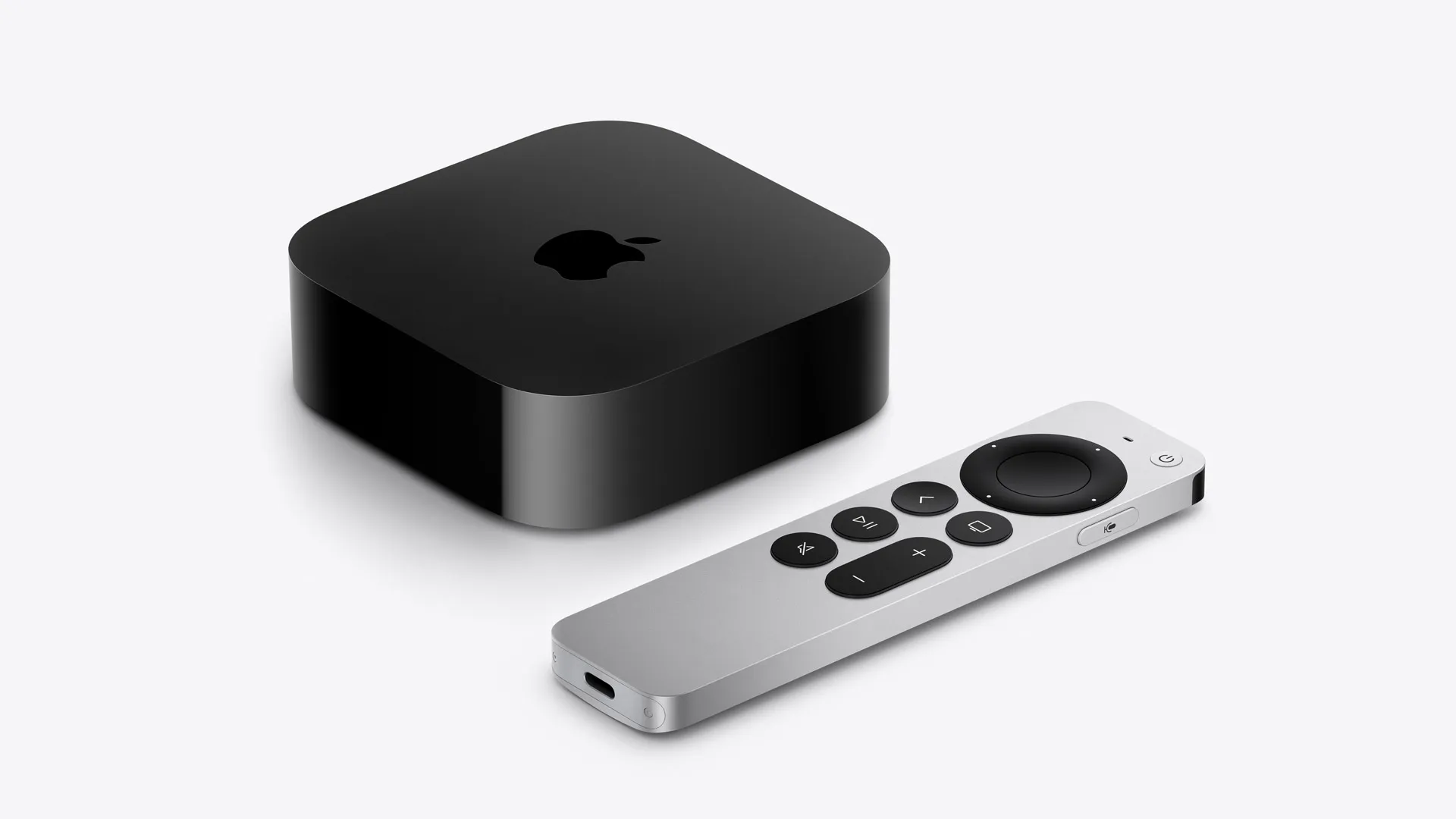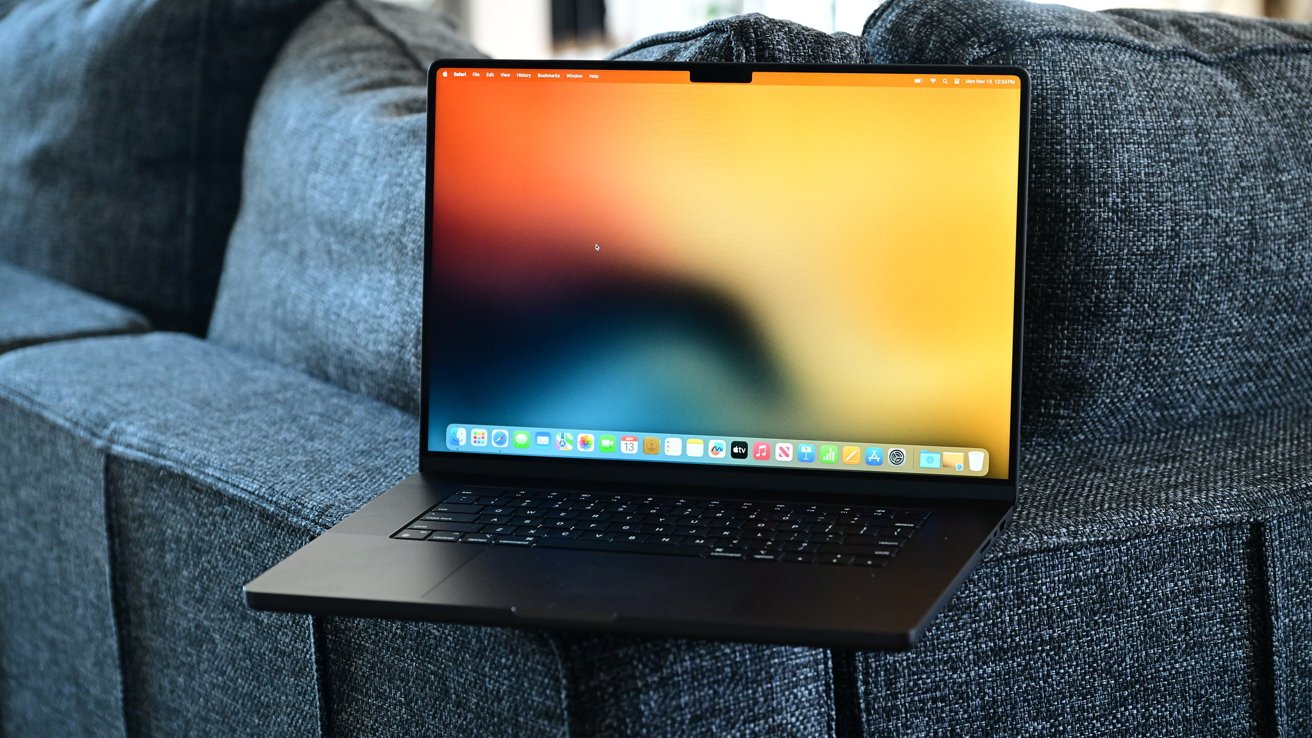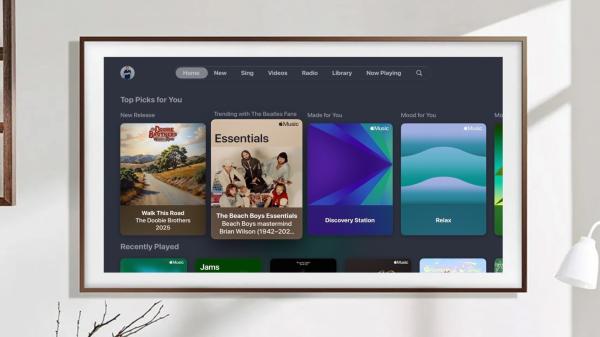Just four operating systems dominate 95.66% of the global computing market – and none of them are Linux, Ubuntu or Unix. Instead, Google, Microsoft, and Apple hold the reins to just about every computer or mobile device in the world. The latter's iOS (16.26%) mobile ecosystem and the desktop-based macOS (6.83%) have a combined market share of almost a quarter. While small, this has made Apple's hardware attractive to developers.

Photo by Tranmautritam from Pexels.
Those numbers, from StatCounter, have Android as the biggest system, at 40.63%. The overall lower price point, the openness of the Google Play Store, and the range of manufacturers that work with Android can all be counted as reasons for the popularity of the OS. But what about Apple? Why is its walled-garden environment so beloved by web developers? And what do creators have to take into account when working on the Mac?
Barriers to Entry
Let's get the negatives out of the way. Apple products are expensive. An entry-level MacBook Air begins at £999 while the Mac Pro tower retails at £5,499. That's a significant financial barrier to entry compared to Windows systems, which, at the low end, can be picked up for under £400 (Dell Inspiron 15 3000). There's obviously a large difference in power and quality between these price extremes, though.
One of the biggest criticisms of the Mac from a Windows-based audience was that important pieces of productivity software, like Visual Studio, were missing from the OS. However, this gap has been closed to almost nothing. Windows and Google, courtesy of its Play Store, will always remain the primary gaming platforms ahead of Apple. But it's unlikely that anybody is going to buy a Mac just to play games on.

Photo by Tranmautritam from Pexels.
Having said that, entertainment companies like Amazon, Steam, and Netflix have set a precedent for developing responsive software for the macOS, in order to reach a higher number of clients. Casino companies have begun working with design solutions like Pronet Gaming to increase the reach of their iGaming platform too. This kind of service includes tools like a CMS and CRM to assist with marketing and data input.
Web Servers
So, what about the benefits? Many commentators online seem to focus on tiny advantages like browser support and screenshot quality, which does the Mac a disservice. Apple's flagship desktop is both easier to buy and repair than a Windows desktop but, more than that, macOS is especially compatible with services running Unix and Linux. Why does that matter? Most web servers use Linux.
macOS also hands the user much more power and freedom to get under the hood via the command-line tool. This allows designers to modify variables or settings on a personal or global scale. Access to open-source software is integrated much better on Apple computers too, again, because of that connection to Linux. These packages include the web application framework Ruby on Rails, as well as PHP.
Perhaps the most important thing about web design on macOS is the platform's consistency. Windows machines are famously different in their components, materials, appearance, software, and in many other areas. Apple products in the same line are identical, even if they might have purchasable upgrades and extra frills.
Overall, the Mac is a fine option for web design - if you can afford one.

















